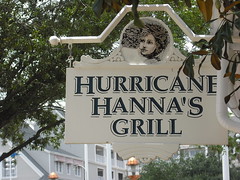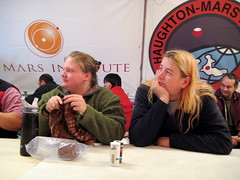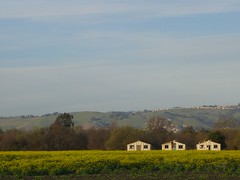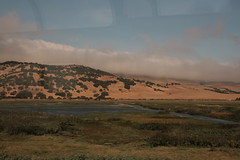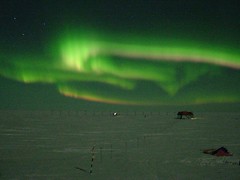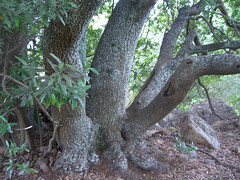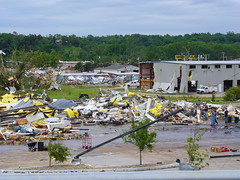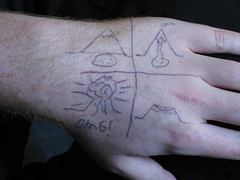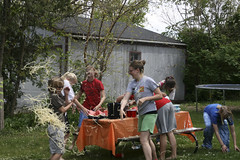In India the other day, a young girl, distraught with fear that the world was ending when the LHC turned on, killed herself. She died, because she didn’t understand the truth.
Now that site is less funny, isn’t it? All over the world, in all different countries, people are raised to believe in superstitious nonsense, and raised to believe with all their hearts that it’s real.
And when we do that, we do far more than remove people from reality. We leave them vulnerable to all manners of nonsense, from believing in fairies to truly and honestly thinking the LHC will destroy the planet. People don’t learn how to think critically, and then they drink homeopathic water instead of taking real medicine, they chelate their children, or they deny their children vaccinations. And when that happens, people die. Children die.
I am a bit of a skeptic. I believe in science, I disbelieve in the supernatural. For non-traditional medicine, etc. I don't mind some anecdotal evidence, but I like to see science, I like to see things investigated. Sometimes the traditional stuff holds water, sometimes it doesn't. Acupuncture is showing actual results for a lot of conditions its used for (uterine support in conception/pregnancy, pain relief for chronic conditions, etc.) in scientific trials. Homeopathy hasn't held up as well.
In school and at home, when we don't teach children to think critically, when we don't ask them what they think will happen or why something happened, and when we don't give them the tool of questioning supposed experts, we fail them. They grow up assuming that the flash-illuminated, out-of-focus dust specks in the camera are ghosts, and don't buy the house they otherwise wanted, because they don't want to live in a haunted house. They make day-to-day decisions based on ancient, disproven myths. They miss out on timely medical help.
They don't question scientists when scientists should be questioned, it's integral to the process. Or they ask the wrong questions.
One reason I'm in this field is because I love the earth, I love the universe, and I don't need to have the world be supernaturally magickal to love it, there's enough magic in the natural. One reason I am in this field is to pass that on to children, with the tools to think about it rationally.

